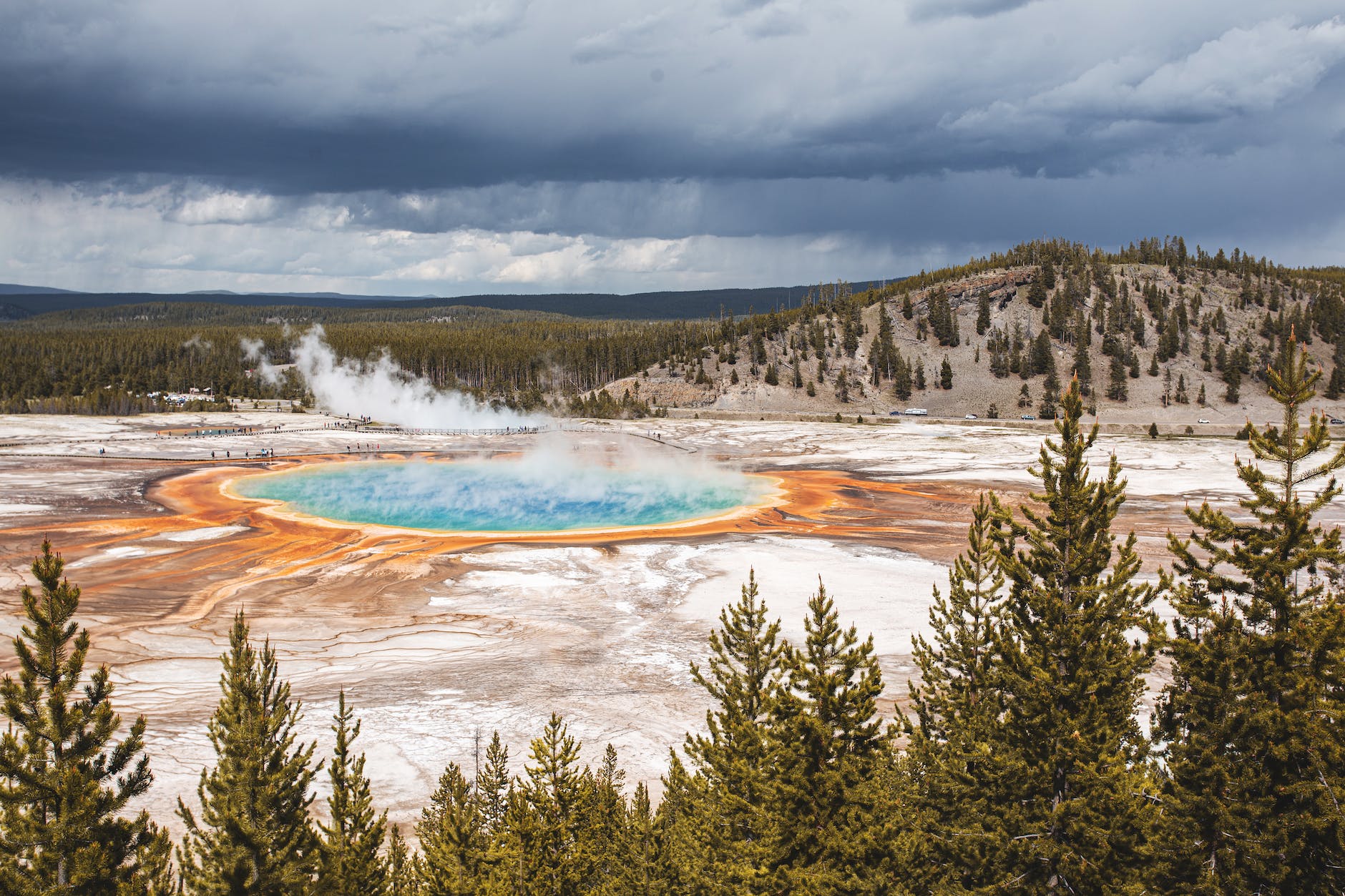Ecological conservation is the protection and preservation of natural landscapes, ecosystems and species. It can also be considered an umbrella term for various forms of environmental action. One such method is rewilding, which comes with mildly differing subtleties.
“While conservation often looks to the past, rewilding … looks to the future”
~ George Monbiot
Rewilding – a solid contender for my favourite pop-sci buzz word – is, in practice, the process of restoring land to its natural, uncultivated state. The Latin etymology of the word – the prefix ‘re’ meaning ‘back’ – indicates the return of something to what once was. The concept is fairly oxymoronic with ‘wild’ contradicting the verb’s air of anthropogenic action. Yet, this plants rewilding at the perfect intersection between visionary opportunity and ecological sovereignty.

The theory and practice of rewilding primarily entered the conservation consciousness after the success of one of the most iconic rewilding projects. The reintroduction of wolves to Yellowstone National Park, in 1990, altered the flow of rivers, eased rates of soil erosion and stabilised elk and deer populations. Yellowstone’s wolves were an example of a keystone species – fundamental to the form and function of an ecosystem. More recent case studies include the Knepp Estate; author of ‘Wilding’, Isabella Tree, and her partner Charlie Burrell reignited the productive potential of a once barren landscape. The pair have added more sustainable ‘wild range meat’ to the agricultural market, as well as establishing a home for previously imperilled turtle doves and nightingales. Through the coming decades, it will be fascinating to witness what else manifests within this truly wilding space.
“In order to fix a failing ecosystem, you have to figure out what was holding it together in the first place”
~ Hank Green
One approach – Pleistocene rewilding – emphasises this revival of the large but lost native fauna over various continents. Proponents of this sub-genre believe in returning nature to its ‘original’ state, just before the rise of anthropogenic dominance. This depends on predators and the largest grazers – from the aforementioned wolves, to elephants and bison – which in most regions have been hunted to extinction. The concept behind this form of conservation is that of trophic cascades: a top-down view of ecosystems whereby the dominant mammalian fauna mediate the lower levels through grazing disturbance and nutrient cycling. This typically takes place over decades of eliminating anthropogenic intervention, besides initial reintroduction. Pleistocene rewilding’s species-centric starting point can be vastly useful in terms of public engagement. The explicit and purposeful identification of species provides them a social footing, cultural weight and a sort of honorary legal status.
As a result of early rewilding, further biodiversity can build up throughout the fungal, plant and animal kingdoms. A boost in organism variability enables the re-emergence of ancient shrubs and species of tree, providing benefits from pollination to carbon storage. Rewilding could be key to upholding ecosystem services – the regulating, provisioning and supporting benefits we derive from nature. This makes rewilding a nature-based solution to additional concerns like atmospheric pollution and climate change.
The rewilding technique can easily be undertaken via citizen science. It bears accessibility to all sectors of society, as well as further stimulation for our youth – intuitively delighted by nature. Backyard conservation projects including wildflower meadows, pond construction, bird boxes and beyond can all be considered small-scale rewilding. This informs its position within community conservation as it’s a process grounded in local history and traditional wisdom with which children to the elderly can really get involved with.

Rewilding is also interwoven with a multitude of other conservation measures. Permaculture, for example, allows nature to take hold of nitrogen fixing and pest deterring – previously supplemented with artificial agrochemicals. Green infrastructure attracts wildlife, cleaner air and pollination into our urban hubs. Even ecotourism could grow in significance if each continent were flourishing with native fauna and flora.
. . .
Rather than tangling ourselves in an anthropogenic Ego trap, ever-generating solutions to escape the messes we established, allowing nature to take the wheel once again could eliminate our ecological crises indefinitely.
But, we cannot deny our own existence, and we cannot devolve our characteristics. While I yearn for a simpler life, I also marvel at the cosmic capabilities of the human mind. Our intervention, to some extent, is inevitable. We will always be a species of innovators, architects and travellers. I don’t want that to stop. But, after agricultural, scientific and industrial revolutions, we must turn to the Bio-Revolution, finally understanding and adapting to our place in the universe. Human creativity must explore the potential in what was previously ignored: green urbanisation, vertical and permaculture farming, rewilding our lost land, our lost identity – and as of right now, our lost future.

Leave a comment